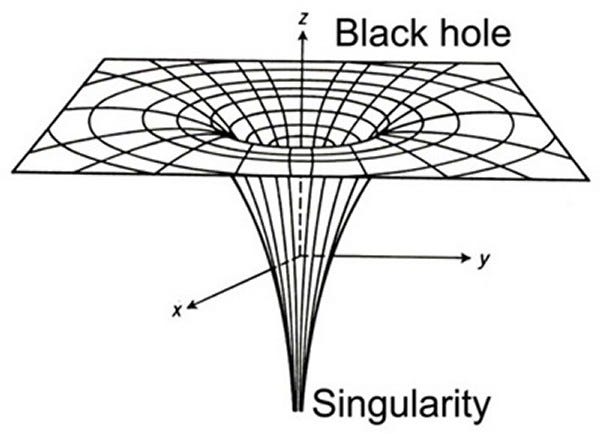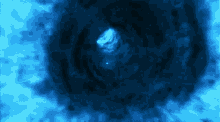There are no speed limits on the road to success - David W. Johnson
Greetings, fellow Bohron
In the last article, we saw that stretching space may serve as the means for travelling faster than light. One promising technology which exploits this phenomenon is known as the Alcubierre drive.
Alcubierre Drive
Alcubierre's drive was proposed by physicist Miguel Alcubierre in 1994. It consists of a warp bubble inside which the pilot is seated. Inside the bubble, everything seems normal, and no time dilation occurs. However outside, spacetime distortions take place. The space in front of the starship would compress.

According to Alcubierre, the stars in front of the ship would be visible as long lines and streaks. The stars in the back won’t be visible at all because the light coming from those stars wouldn’t be able to reach the ship.
The inside world of Alcubierre's drive is disconnected from the outside world. There is no communication. In addition to our starship, we require a sort of highway/corridor through spacetime. This corridor will be a region of compressed space, on which our warp drive would ride.

The problem is to provide the energy required for faster-than-light travel. A starship propelled by positive energy always travels slower than ‘c’. Physicists speculate that you would need negative energy which is yet to be discovered. So far our quest to find negative matter in the universe has been fruitless.
General Relativity might help us find negative matter. The theory says that the path of light is bent by the gravity of a body. In 1912, Einstein predicted that a galaxy might be able to act like the lens of a telescope. When light emitted by a distant object travels around an intervening galaxy, it converges like a lens to form a ring-like pattern known as the Einstein ring. They were first discovered in 1979.
Maybe Einstein's Lenses bend negative energy in a unique way. So far, nothing has been found.

How did Alcubierre derive equations for his warp drive?
How much of the space is warped given a certain amount of matter can be calculated through Einstein’s equations. These equations work equally well backward. Start with a universe in which distortions take place. Now use the equations to calculate the distribution of matter and energy necessary to produce your distortions. Alcubierre followed the same approach. He imagined a universe in which faster-than-light travel was possible and he calculated the energy necessary to produce it.
Wormholes
How can we rip apart the spacetime fabric and break the light barrier? Wormholes are passageways that connect two universes.
In 1916, physicist Karl Schwarzschild solved Einstein's equations for the case of a single pointlike star that hinted at the possibility of the existence of black holes.
To know more about black holes, read this article I wrote earlier.
Imagine if you fall straight through to the black hole and end up in another universe on the other side.
The pathway connecting these two universes on either side of a black hole is called Einstein-Rosen Bridge or a Wormhole.
Wormholes have never been found in reality, but they fit perfectly into equations.
It is speculated that gravity crushes the passageway inside the wormhole, hence preventing anything from getting to the other side. But what if the repulsive force of negative matter/energy could keep the tunnel open for some time for us to get through? So as we see, the existence of negative matter is crucial for both modes of faster-than-light travel: the Alcubierre drive and the wormhole.

There are several major problems facing wormholes. First, to create the violent spacetime distortions to keep the wormhole open, we would need an enormous amount of negative matter Second, these wormholes might turn out to be highly unstable. The radiation they emitted might kill anyone who enters.
To know more about wormholes, read this article.The stability of wormholes and distortions produced by stretching space is still under question. Even if they are stable, it would take a fabulous amount of energy, positive or negative, to create a hole in space and time. Our current technology falls far short of this task. According to Michio Kaku, we might have to wait for million years before we are fully capable of breaking the light barrier.
Sources:
Ch 11 - Faster Than Light, Physics of the Impossible, Michio Kaku



